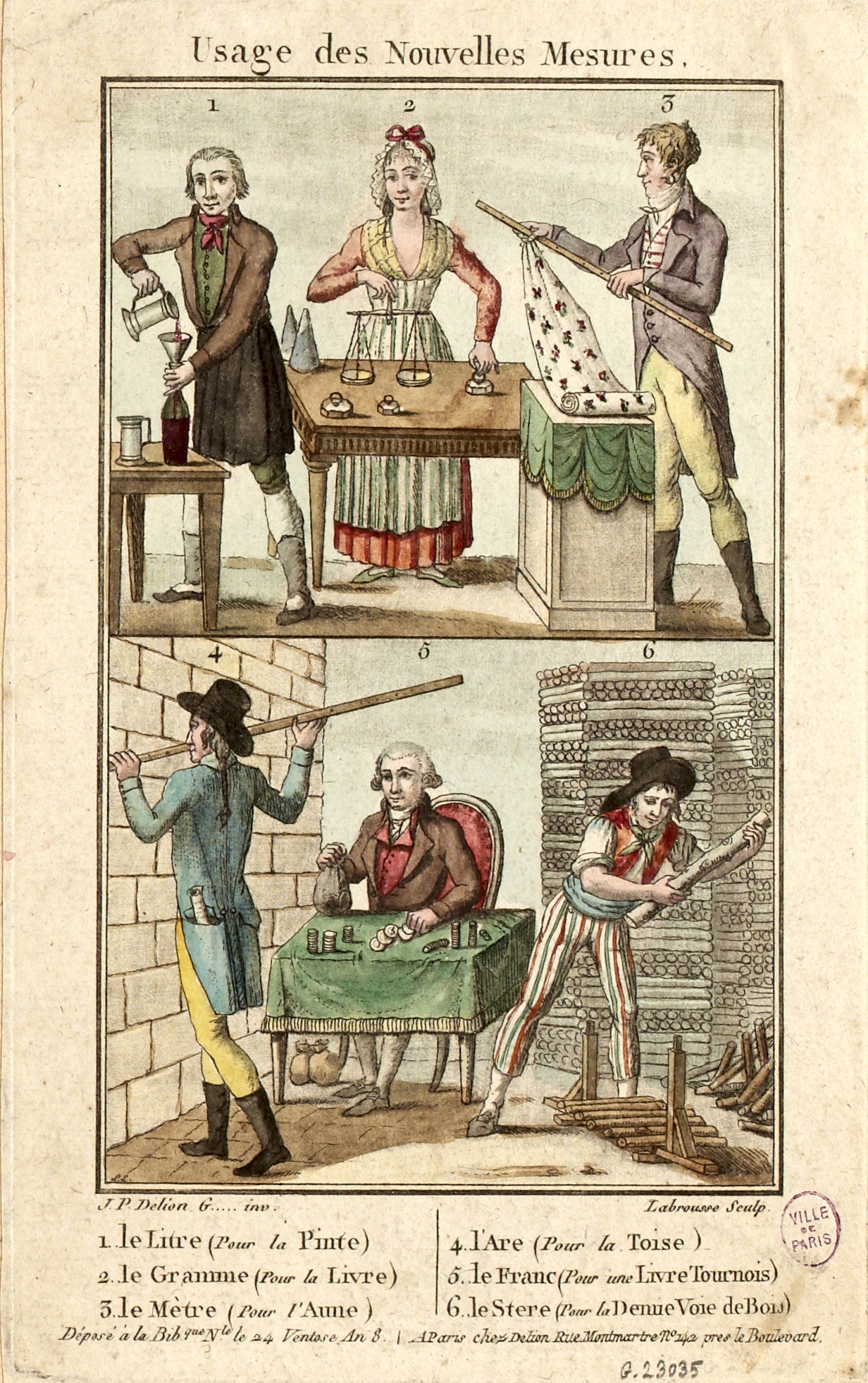|
Paris Point
The Paris point is a unit of length defined as . It is commonly used for shoe sizes in Continental Europe. The unit was invented by French shoemakers in the early 1800s. Its origin probably lies in centimetre being very close to inch; a French inch is around 27 mm, a quarter of that is 6.7 mm, close to 6. mm defined for the Paris point. See also * Point (other) * Barleycorn (unit), used in the English shoe sizing system. References Units of length {{measurement-stub ... [...More Info...] [...Related Items...] OR: [Wikipedia] [Google] [Baidu] |
Unit Of Length
A unit of length refers to any arbitrarily chosen and accepted reference standard for measurement of length. The most common units in modern use are the metric units, used in every country globally. In the United States the U.S. customary units are also in use. British Imperial units are still used for some purposes in the United Kingdom and some other countries. The metric system is sub-divided into SI and non-SI units. History Metric system SI The base unit in the International System of Units (SI) is the meter, defined as "the length of the path travelled by light in vacuum during a time interval of seconds." It is approximately equal to . Other SI units are derived from the meter by adding prefixes, as in millimeter or kilometer, thus producing systematic decimal multiples and submultiples of the base unit that span many orders of magnitude. For example, a kilometer is . Non-SI In the centimeter–gram–second system of units, the basic unit of length is th ... [...More Info...] [...Related Items...] OR: [Wikipedia] [Google] [Baidu] |
Shoe Sizes
A shoe is an item of footwear intended to protect and comfort the human foot. Though the human foot can adapt to varied terrains and climate conditions, it is vulnerable, and shoes provide protection. Form was originally tied to function, but over time, shoes also became fashion items. Some shoes are worn as safety equipment, such as steel-toe boots, which are required footwear at industrial worksites. Additionally, shoes have often evolved into many different designs; high heels, for instance, are most commonly worn by women during fancy occasions. Contemporary footwear varies vastly in style, complexity and cost. Basic sandals may consist of only a thin sole and simple strap and be sold for a low cost. High fashion shoes made by famous designers may be made of expensive materials, use complex construction and sell for large sums of money. Some shoes are designed for specific purposes, such as boots designed specifically for mountaineering or skiing, while others have more g ... [...More Info...] [...Related Items...] OR: [Wikipedia] [Google] [Baidu] |
Units Of Measurement In France Before The French Revolution
The traditional French units of measurement prior to metrication were established under Charlemagne during the Carolingian Renaissance. Based on contemporary Byzantine units of measurement, Byzantine and Ancient Roman units of measurement, ancient Roman measures, the system established some consistency across Carolingian Empire, his empire but, after his death, the empire fragmented and subsequent rulers and various localities introduced their own variants. Some of Charlemagne's units, such as the king's foot () remained virtually unchanged for about a thousand years, while others important to commercesuch as the French ell () used for cloth and the French pound () used for amountsvaried dramatically from locality to locality. By the 18th century, the number of units of measure had grown to the extent that it was almost impossible to keep track of them and one of the major legacies of the French Revolution was the dramatic rationalization of measures as the new metric system. The ... [...More Info...] [...Related Items...] OR: [Wikipedia] [Google] [Baidu] |
Point (other)
A point is a small dot or the sharp tip of something. Point or points may refer to: Mathematics * Point (geometry), an entity that has a location in space or on a plane, but has no extent; more generally, an element of some abstract topological space * Point, or Element (category theory), generalizes the set-theoretic concept of an element of a set to an object of any category * Critical point (mathematics), a stationary point of a function of an arbitrary number of variables * Decimal point * Point-free geometry * Stationary point, a point in the domain of a single-valued function where the value of the function ceases to change Places * Point, Cornwall, England, a settlement in Feock parish * Point, Lewis, a peninsula in the Outer Hebrides, Scotland * Point, Texas, a city in Rains County, Texas, United States * Point, the NE tip and a ferry terminal of Lismore, Inner Hebrides, Scotland * Points, West Virginia, an unincorporated community in the United States Business an ... [...More Info...] [...Related Items...] OR: [Wikipedia] [Google] [Baidu] |
Barleycorn (unit)
The barleycorn is an English unit of length equal to of an inch (i.e. about ). It is still used as the basis of shoe sizes in English-speaking countries. History Under the 1300 Composition of Yards and Perches, one of the statutes of uncertain date that was notionally in force until the 1824 Weights and Measures Act, "3 dry and " were to serve as the basis for the inch and thence the larger units of feet, yards, perches and thus of the acre, an important unit of area. The notion of three barleycorns composing an inch certainly predates this statute, however, appearing in the 10th-century Welsh Laws of Hywel Dda. In practice, various weights and measures acts of the English kings were standardized with reference to some particular yard-length iron, brass, or bronze bar held by the king or the Royal Exchequer. The formal barleycorn was of its length. As modern studies show, the actual length of a kernel of barley varies from as short as to as long as depending on the cu ... [...More Info...] [...Related Items...] OR: [Wikipedia] [Google] [Baidu] |


